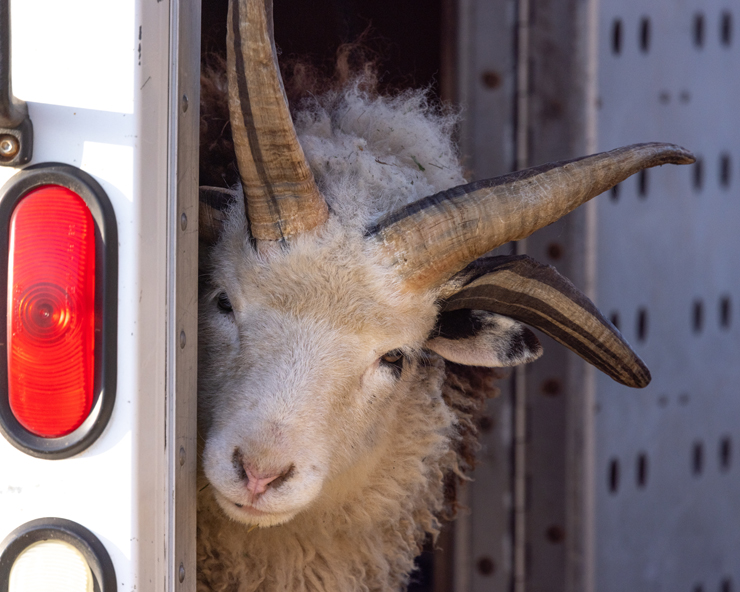For many, getting on the road with livestock in a trailer can be stressful. When it comes to accidents involving livestock, situations can easily become chaotic. Many who respond to these emergencies, such as police, firefighters, or EMS, have little to no livestock handling experience. Below are a few tips to aid in reacting to an accident regarding livestock.
Plan when hauling animals
If you plan to haul animals, it is important to try and plan out your route and consider factors such as weather, speed limits, highways, and traffic. Certain times of the day are often busier when traveling, so it is best to avoid those. Weather and time of day can also be important factors. Avoid hauling in snowy or rainy conditions. While hauling at night may be cooler and have less traffic, it also carries the risk of reduced visibility. Make sure to also perform regular checks of hauling equipment to ensure trailers are well taken care of and hooked up correctly. These are all important factors to consider when hauling livestock.
Create an emergency plan
Making an emergency plan to carry with you when you haul can benefit your animals, first responders, and you in case of an accident. Things to include in your emergency plan are:
– A list of emergency contacts such as veterinarians, farm managers, livestock owners, and insurance agents
– Calling 911 to report your location, livestock on board, the status of animals, and other hazards or vehicles
– Ways to confine animals or get them out of the road such as portable panels, areas to put down feed
– Setting hazard warnings to oncoming traffic such as flares or cones
– Preparing for medical emergencies for livestock, including euthanasia
– Collecting contact information of witnesses
Carry an emergency kit
While it can be difficult to plan for many different types of emergencies, a few things can be beneficial to carry with you when hauling livestock. This also should be adjusted to the different species of livestock you are hauling. Some things to consider are:
– Livestock Emergency Plan
– Fire extinguishers
– First aid kit
– Flashlight
– Emergency warnings such as flares or cones
– Camera to take photos of accidents and livestock
– Metal cutters
– Temporary fencing or containment materials
– Euthanasia supplies
If you are a farmer, livestock hauler, or first responder interested in learning more about handling accidents involving livestock, check with your local extension program or check out this online course available through MSU Extension.
Resources:
MSU Extension: Emergency Response to Accident Involving Livestock virtual training
Livestock Transportation Emergency Response Plan
MSU Extension: Managing animal mortalities after an accident involving livestock
MSU Extension: Animal confinement is a priority when assisting an accident involving livestock


I have never really thought about planning for a certain emergency that could save my animals life or help someone else if I get involved in an accident.